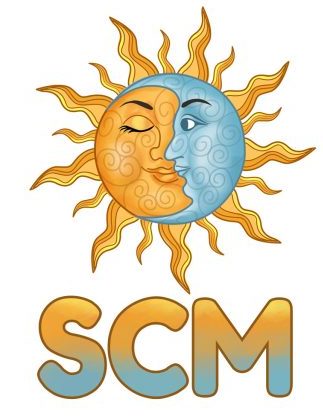
When I first started roleplaying (when I was 8 – nearly 40 years ago), I had no clue what I was doing. I tried to learn D&D from the blue-covered box set with the dice and the crayons – but let’s face it, it wasn’t written for 8-year-old audiences. I didn’t actually get D&D until I played AD&D with some friends, and started running games the second game I played. I had no idea how the rules worked, but the story was what I loved.
Now we have a couple of generations of people who have spent years and years playing in and running games, and this has created a host of game players who already know how to create challenges for their players, design cool characters that fit their personality and playing style, and otherwise do the heavy lifting of the game portion of the rules.
What prevents some people from sitting down and playing is not that they don’t have a favorite game, it’s that they need some story to run. They need a background, ingredients for their soup. To me, a systemless sourcebook can solve this problem handily: you don’t need me to tell you that the Goblin King has 40 HP, AC 18 and does 1d8 / 1d8 / 2d10.
On the other hand, you might need me to tell you that the Goblin King received a grievous injury from an adventurer in his youth. If someone notices the limp in his walk, and does something about it (healing, or giving him a fancy, sturdy cane, or ease his pain with some willow bark tea), he may decide to free them instead of kill them by roasting them alive for a feast. You might need me to tell you that a slumbering giant worm that has been fed garbage for the last 50 years might wake up in hunger if the goblin community which has been feeding it stops doing so (either because they migrated, or were all killed by wandering murder hoboes).
You might need me to tell you that the local Baron has made an arrangement with the Goblin community to “exile” some of the worse criminals he catches along the King’s Road, only this exile is actually being chained in a clearing long enough for a Goblin patrol to pick them up and carry them back to eat them. In exchange, the Goblins don’t come into town or bother anyone along the Road, but if they steal a cow or a pig or two, that’s “foraging” not “stealing.”
It’s this kind of thing that exists in a systemless sourcebook. You could take this information and make a FATE game out of it, a Savage Worlds adventure, a GURPS story, or just use it for good ol’ Dungeons & Dragons. It’s up to you.
That’s part of why I wrote Encryptopedia and Dye Another Day as a systemless sourcebook, so that you can take what you need and leave the rest. In the future, I may consider doing a fully licensed version of Encryptopedia with all the stats and prestige classes and what-not, but not at the $9.95 price point – something like that would be a much larger project.
To be clear, system does matter. The material I’ve created will be received differently by FATE than it will be by D&D. Your game experience will be much different. But the trappings of story, the milieu, that is what you’ll find in my sourcebook.
I hope this has helped you understand what I mean when I say “systemless.” Thanks for reading!
